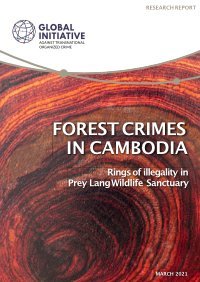By Charles Palmer
This paper considers the scale and underlying causes of recent high rates of deforestation in Indonesia. Its extent during 1997-98 is analysed using a materials balance model, the results of which demonstrate the seriousness of the problem at a time when the Indonesian economy was suffering the effects of the Asian financial crisis. The behaviour of the principal agents, illegal loggers, is discussed in the context of market and government failures and rent-seeking or corruption. A culture of corruption originated at the top of government during the tenure of ex- President Suharto, leading to market and government failures in the forestry sector, thus resulting in the creation of high levels of rent. A culture of corruption ensures that policy failures cannot be reversed and may lead to further intervention to benefit the status quo. Rent-seeking behaviour then spread to all levels of government, via a lack of good example at the top, leading to the creation of illegal logging networks. Since rent from illegal logging is higher than that for legal logging, there is an incentive for agents to ignore costs associated with sustainable forest management. Illegal logging, and hence inefficient resource use, is further encouraged by institutional failures such as weak enforcement and monitoring capacity, as well as policy failures at the international level too. Consequently, Indonesia’s forests have been intensively deforested for perhaps as long as 30 years, with little or no attention given to sustainable forest management.
London: Centre for Social and Economic Research on the Global Environment, 2001. 33p.




















